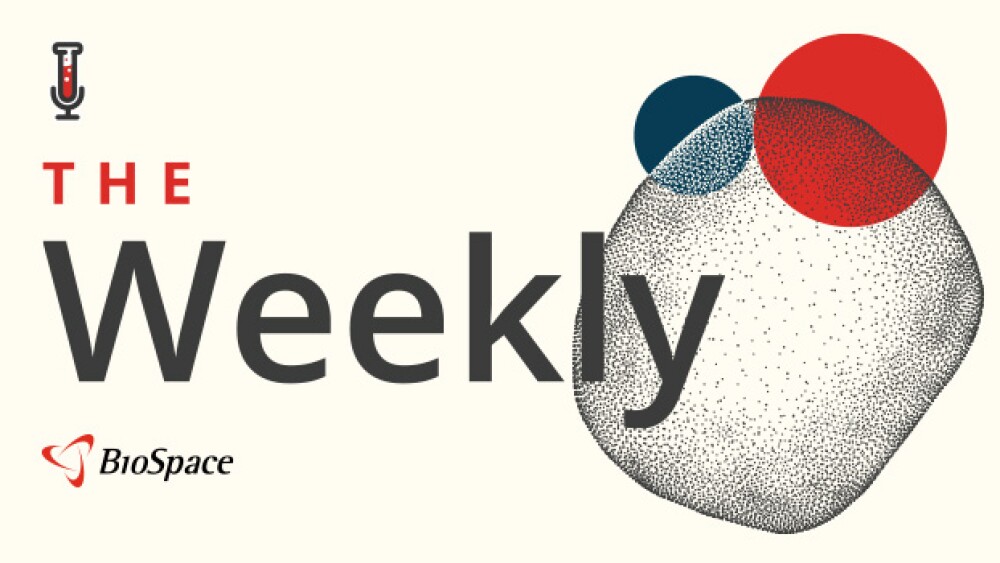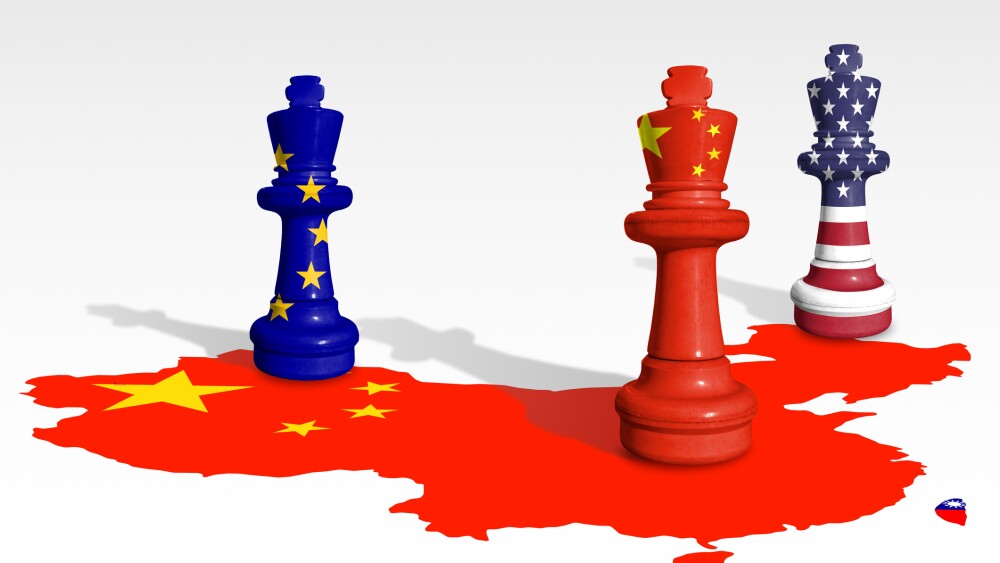Contact lenses that release controlled doses of drugs to treat eye diseases such as glaucoma have been created by nano-engineers in Singapore.Most eye medications are delivered by drops. But most of the drug quickly flows away from the eye, often draining into the nasal cavity and then entering the bloodstream. “Eye drops are cumbersome, and they lead to drug wastage and side effects,” says Edwin Chow at the Institute of Bioengineering and Nanotechnology. The new technique involves mixing the drug with a pre-polymer liquid. This mix is then polymerised, creating a transparent contact lens material. If the drug is water-soluble, it will be trapped within a network of tiny inter-connected, water-filled channels in the material. If it’s water-insoluble, it will be trapped within nano-spaces in the polymer matrix, and slowly leach out into the channels. In contact with fluid on the eyeball, these channels open up and release the drug. By varying the water content of the original mix, the team can vary the size of the channels, and so control the rate at which the drug leaks out onto the eye.




